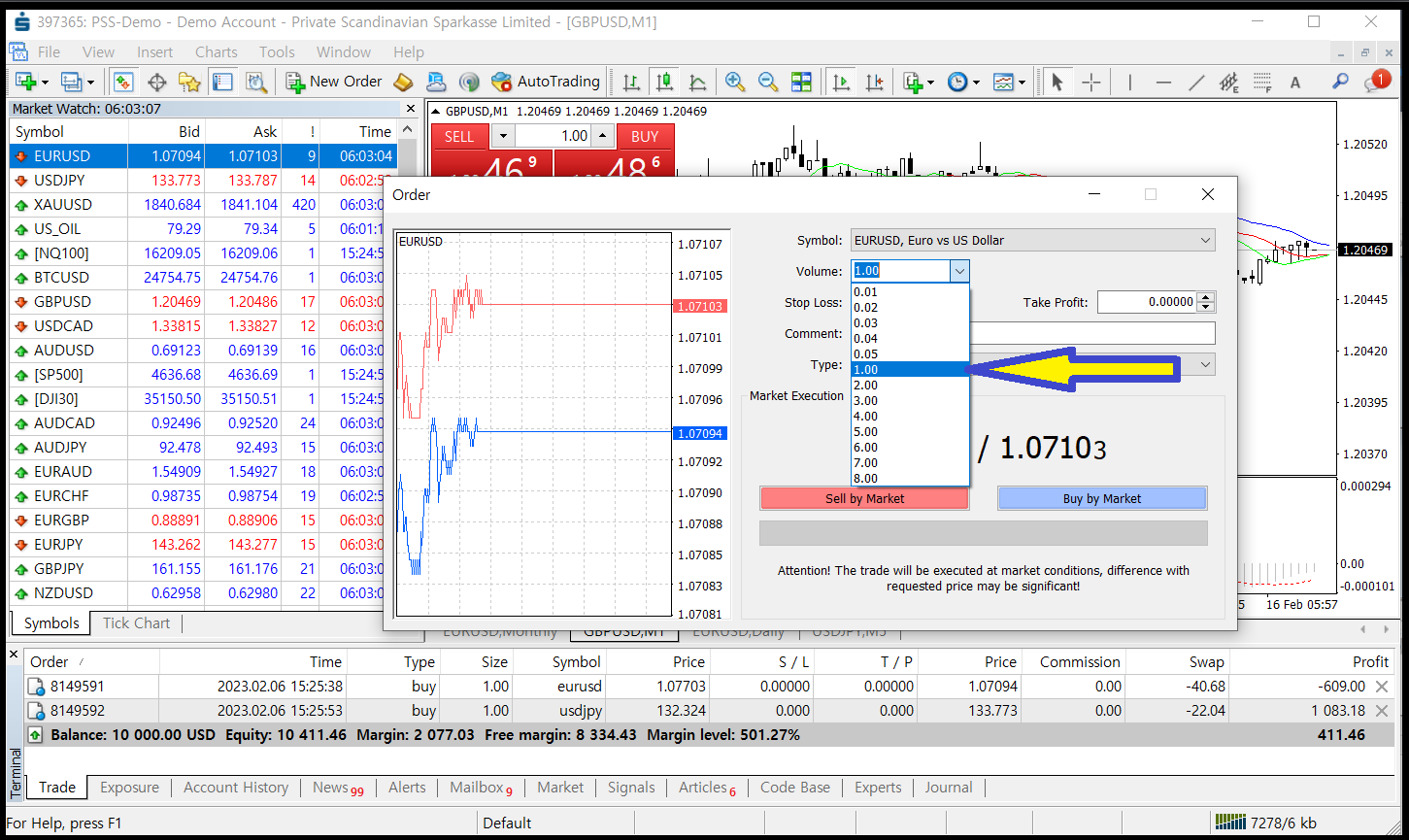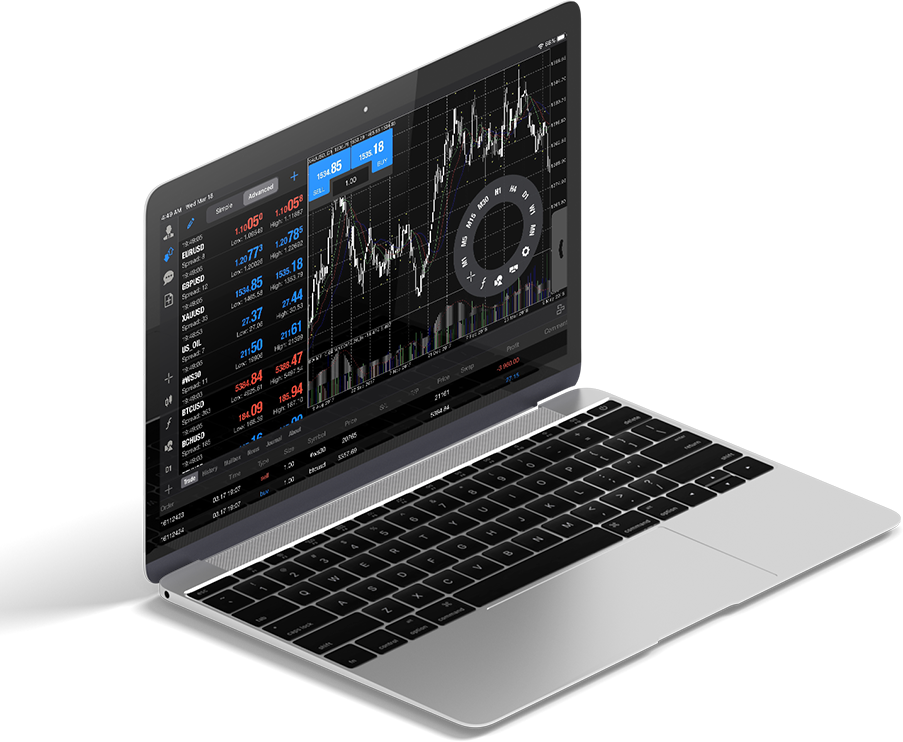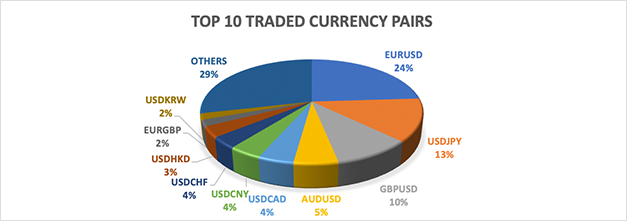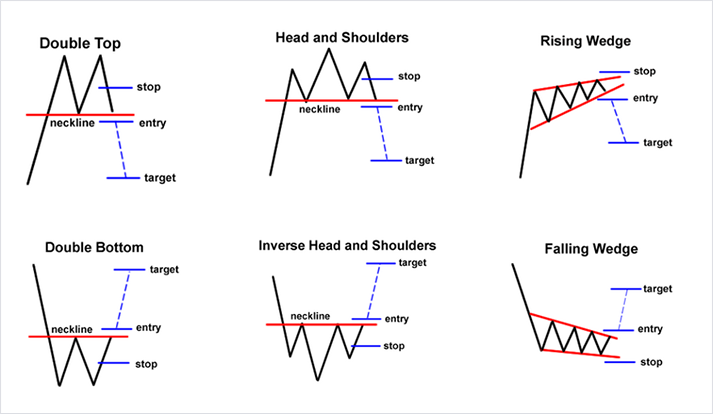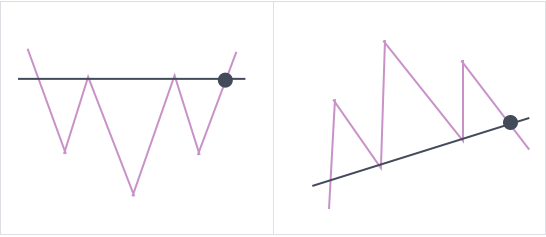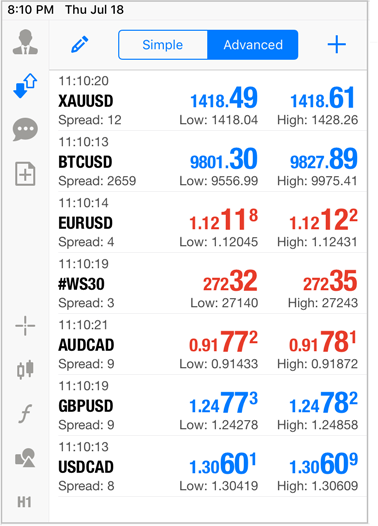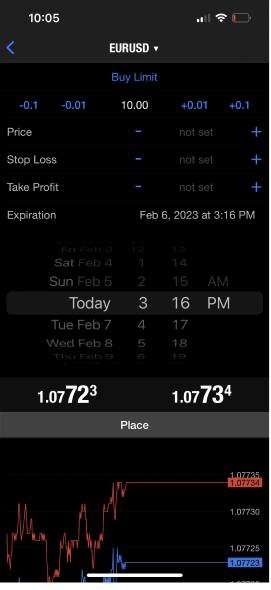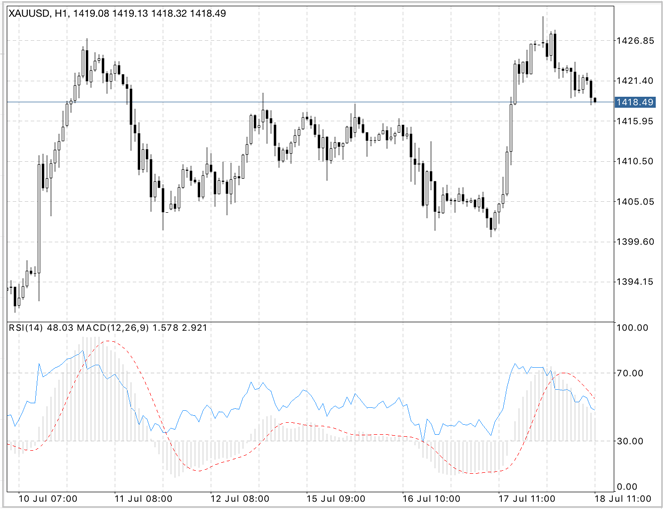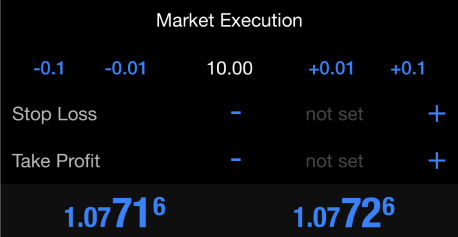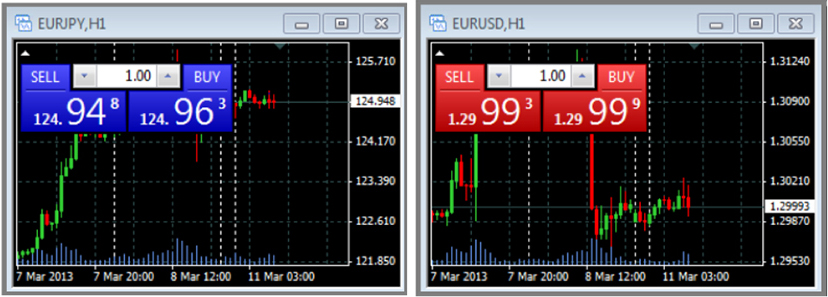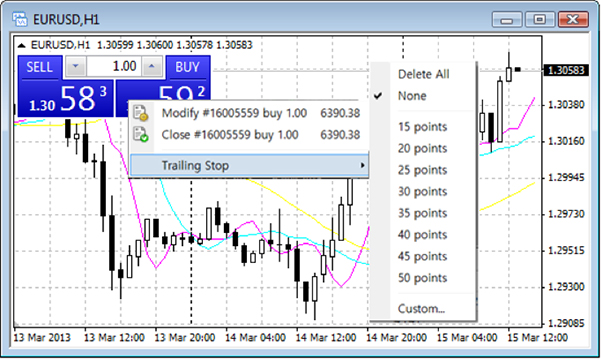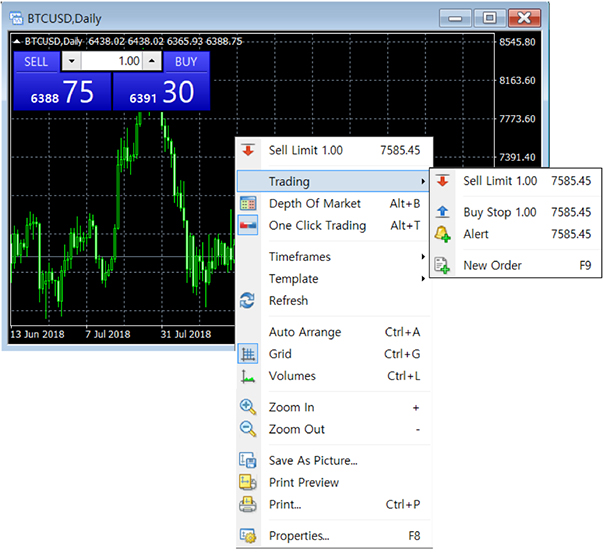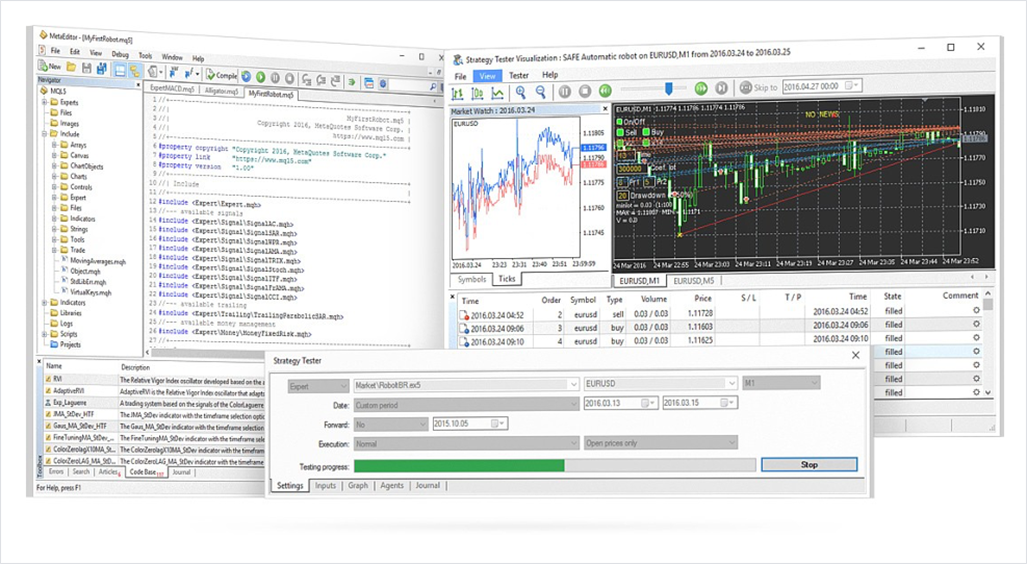The prices of precious metals, including gold, silver, platinum, and palladium is driven by demand for the actual use as well as their role as investments.
Gold has been used as a relative standard for currency while gold price is driven by supply and demand, including demand as an investment asset. The total amount of gold ever mined in the world could arguably fit into a cube with sides of just 20 meters. Considering only a small amount of gold is produced annually compared to the quantity of gold minded already, gold price is moved mainly by market sentiment.
Central banks with their monetary policy play a big role in the gold price as they hold over 19% of the gold mined. It is well known among investors that gold prices are closely related to inflation and interest rate. When inflation is expected to go up with low interest rate, the price of gold tends to increase. On the other hand, the price of gold tends to depreciate if inflation is high and central banks are expected to increase interest rate. Gold and other precious metals have been used to hedge against inflation as they have no default risk.


